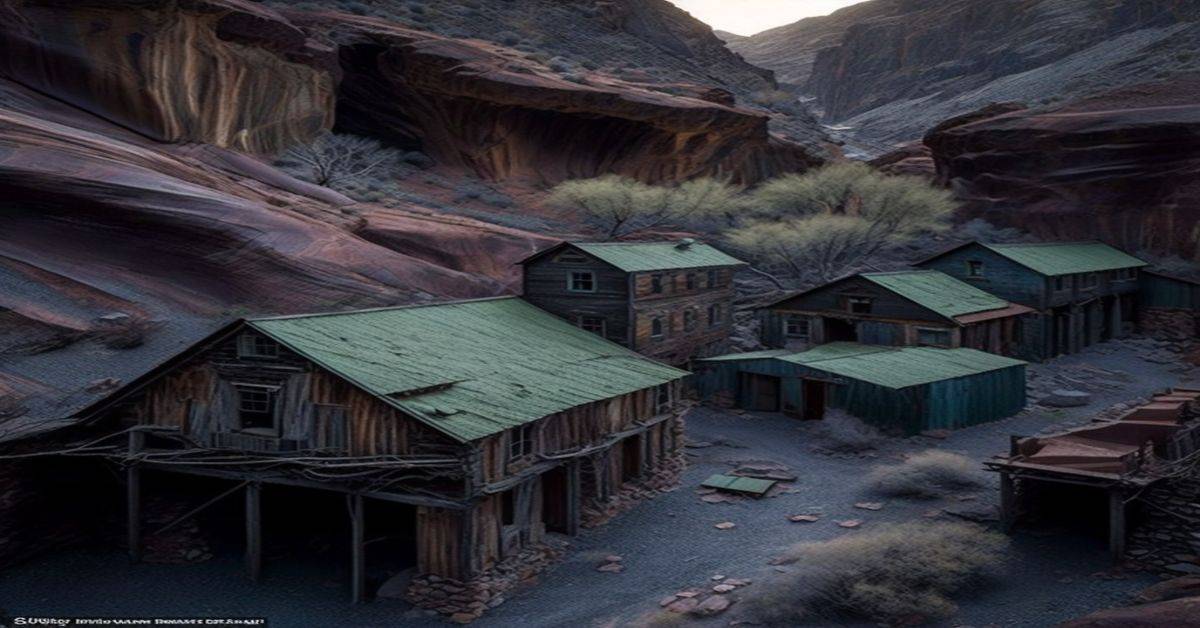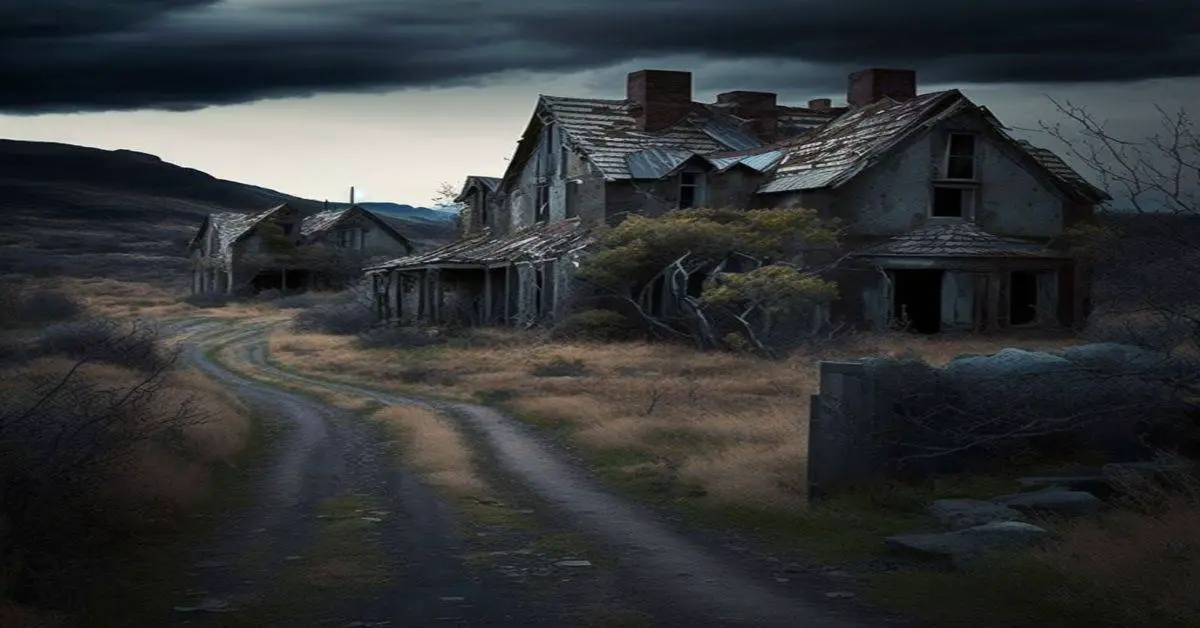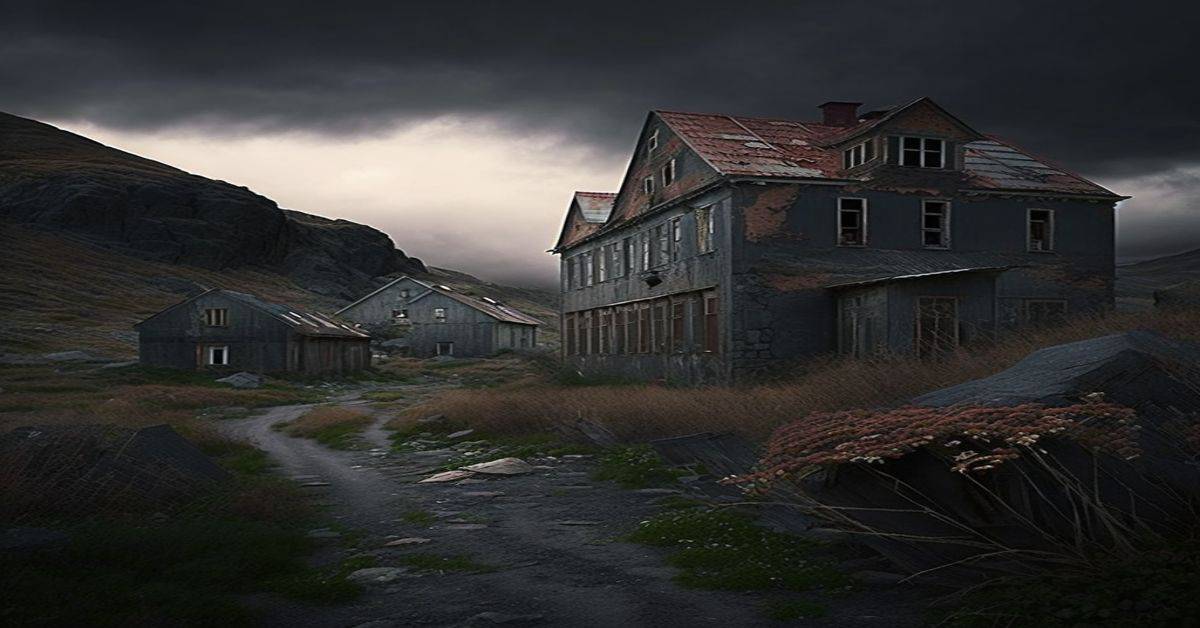The remains of Fort Mose in Florida may appear to be just another abandoned town, but a closer look reveals a rich history and a story of resilience and bravery. Founded in 1738 by escaped slaves seeking refuge in the Spanish Colonies, Fort Mose served as a sanctuary for those seeking freedom from the oppression of the Southern States.
Led by Francisco Menendez, a former slave and captain of the Fort Mose black militia, the community grew to about 100 strong before it was abandoned in 1740 to avoid the British Army.
Fort Mose may be a ghost town, but its significance in American history cannot be overstated. It offers a glimpse into the lives of those who fought for their freedom and the challenges they faced in their quest for a better life. The story of Fort Mose serves as a reminder of the resilience of the human spirit and the power of hope in the face of adversity.
In this article, we will explore the history and significance of Fort Mose and provide information on how to visit this important site and nearby attractions.
Key Takeaways
- Fort Mose was founded in 1738 by escaped slaves seeking refuge in the Spanish Colonies and served as a sanctuary for those seeking freedom from the oppression of the Southern States.
- The black militia that defended Fort Mose against the British army in 1740 proved that the enslaved could fight for their freedom.
- Visitors can take a boardwalk tour leading them out to view the two sites and learn about the history of Fort Mose, strategically located at the northern boundary of Spanish Florida.
- Visitors can easily plan a full day or weekend exploring St. Augustine and its surrounding attractions, including the St. Augustine Lighthouse and Maritime Museum, the Castillo de San Marcos National Monument, and the Fountain of Youth Archaeological Park.
Location and Access
Located north of US1 above St. Augustine turning East on Saratoga Blvd, Fort Mose can be easily accessed by following the signs and picking up an information brochure.
Visitors can take a boardwalk tour leading them to view the two sites. However, it is important to note that the actual archaeological sites cannot be walked out to.
The boardwalk tour offers visitors a great opportunity to learn about the history of Fort Mose, including the story of the escaped slaves who founded the settlement in 1738.
The information brochure provides additional details about the site, including its importance in the fight against the British in the mid-18th century.
Visitors should plan to spend at least an hour at Fort Mose to appreciate its historical significance fully.
History and Significance
Establishing a settlement by escaped slaves in the Spanish colonies during the mid-18th century is a significant event in the history of early Florida. Fort Mose was founded in 1738 by a group of slaves who had escaped from the Southern States. Under the leadership of Francisco Menendez, the black militia that manned the fort grew to about 100 strong. The settlement was strategically located at the northern boundary of Spanish Florida, and its inhabitants were tasked with defending the Spanish colony from British incursions.
The legacy of Fort Mose lies in its significance as the first legally sanctioned free black settlement in what would later become the United States. The community that thrived there was a testament to the resilience and strength of the human spirit in the face of adversity. The black militia defending Fort Mose against the British army in 1740 proved that the enslaved could fight for their freedom and that the Spanish authorities were willing to support them.
Today, Fort Mose State Park is a reminder of the brave men and women who made it their home and a testament to the enduring legacy of the struggle for freedom and equality.
Visiting and Nearby Attractions
To fully experience the historical significance of Fort Mose, visitors may want to explore nearby attractions in St. Augustine. As the oldest continuously inhabited European-founded city in the United States, St. Augustine offers a wealth of early Florida information.
Visitors can explore the St. Augustine Lighthouse and Maritime Museum, the Castillo de San Marcos National Monument, and the Fountain of Youth Archaeological Park. Additionally, St. Augustine boasts beautiful beaches and various restaurants to suit any taste.
For outdoor activities, St. Augustine offers plenty of options such as hiking, kayaking, and fishing. Visitors can also enjoy cultural events and festivals throughout the year, including the St. Augustine Celtic Festival, the St. Augustine Music Festival, and the St. Augustine Art & Craft Festival.
With so much to see and do in the area, visitors to Fort Mose can easily plan a full day or weekend exploring St. Augustine and its surrounding attractions.
Frequently Asked Questions
What evidence exists of the original Fort Mose settlement, and are there any artifacts or relics on display at the State Park?
There is no evidence of the original Fort Mose settlement as the British abandoned and later occupied the site. There are no artifacts or relics on display at the State Park, but archaeological digs have uncovered important information on the impact of the settlement on local culture. The modern-day significance of Fort Mose lies in its role as the first legally recognized free black community in the United States.
How did the Spanish Colonies come to accept and support escaped slaves, and how did this impact the larger colonial society?
The Spanish colonies accepted and supported escaped slaves due to Spanish colonialism and slave resistance. This led to cultural exchange and the development of Afro Spanish identity, impacting larger colonial society by challenging racial hierarchies and promoting diversity.
Are there any notable individuals or events associated with the Fort Mose settlement, such as famous residents or significant historical moments?
Famous residents of Fort Mose include Francisco Menendez, leader of the black militia, who fought alongside the Spanish army against the British. The settlement’s impact on colonial society was significant, as it challenged the institution of slavery and provided a safe haven for escaped slaves.
What role did the British Army play concerning the Fort Mose settlement, and how did this impact the local population?
The British Army occupied the abandoned Fort Mose compound in 1740, using it as a staging area to attack Castillo San Marco in St. Augustine. The black militia, who had previously escaped from the Southern States and found acceptance in the Spanish Colonies, joined the Spanish army and fought against the British. This battle resulted in the defeat of the British and demonstrated the impact of the British Army’s role on the local population.
How has the legacy of Fort Mose influenced modern perceptions of slavery and the history of African Americans in Florida and the United States?
Fort Mose’s legacy has significantly impacted society’s modern perceptions of African American history. Its existence as a sanctuary for escaped slaves serves as an important reminder of the struggles and resilience of enslaved individuals and has contributed to the acceptance of escaped slaves as a part of American history.


